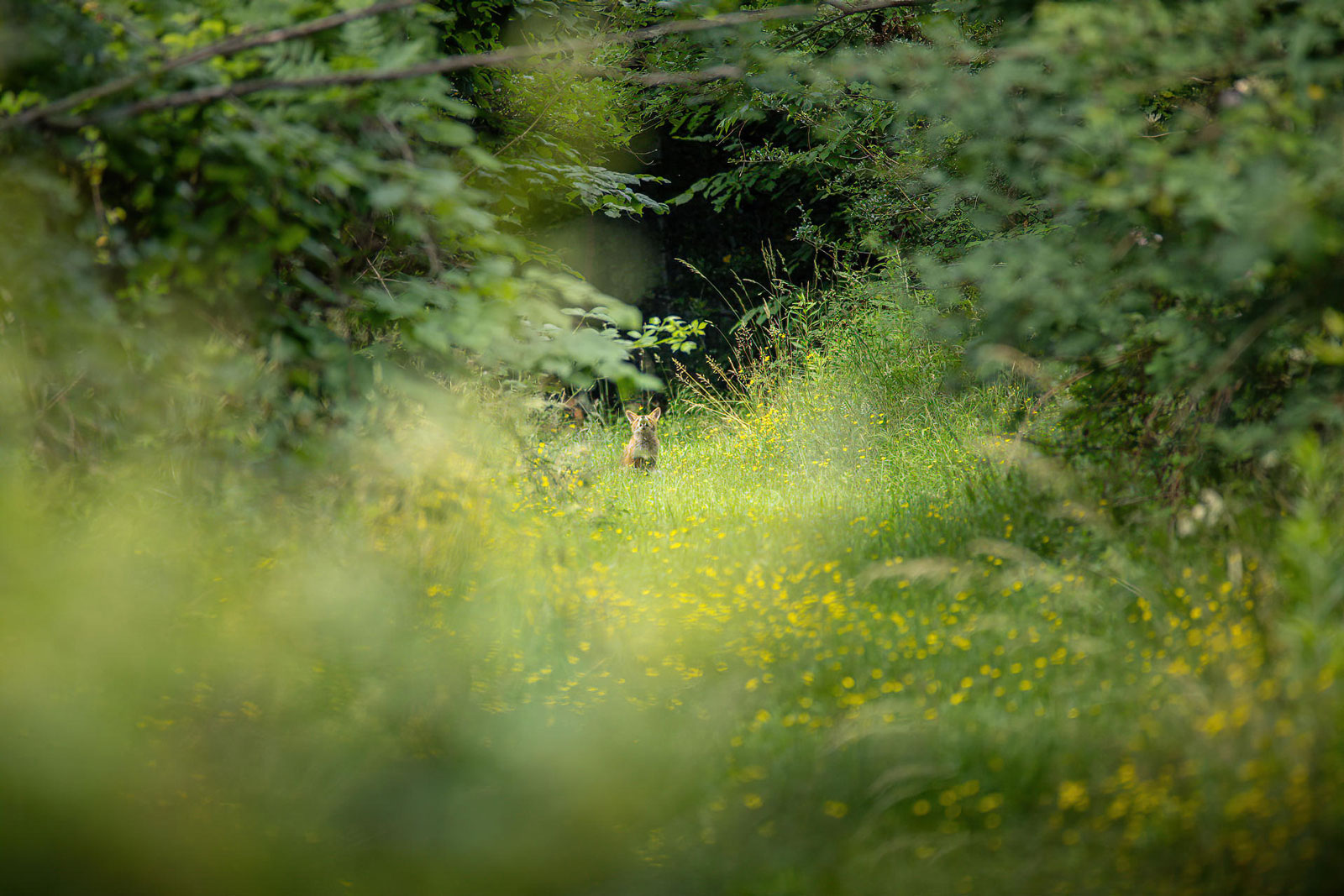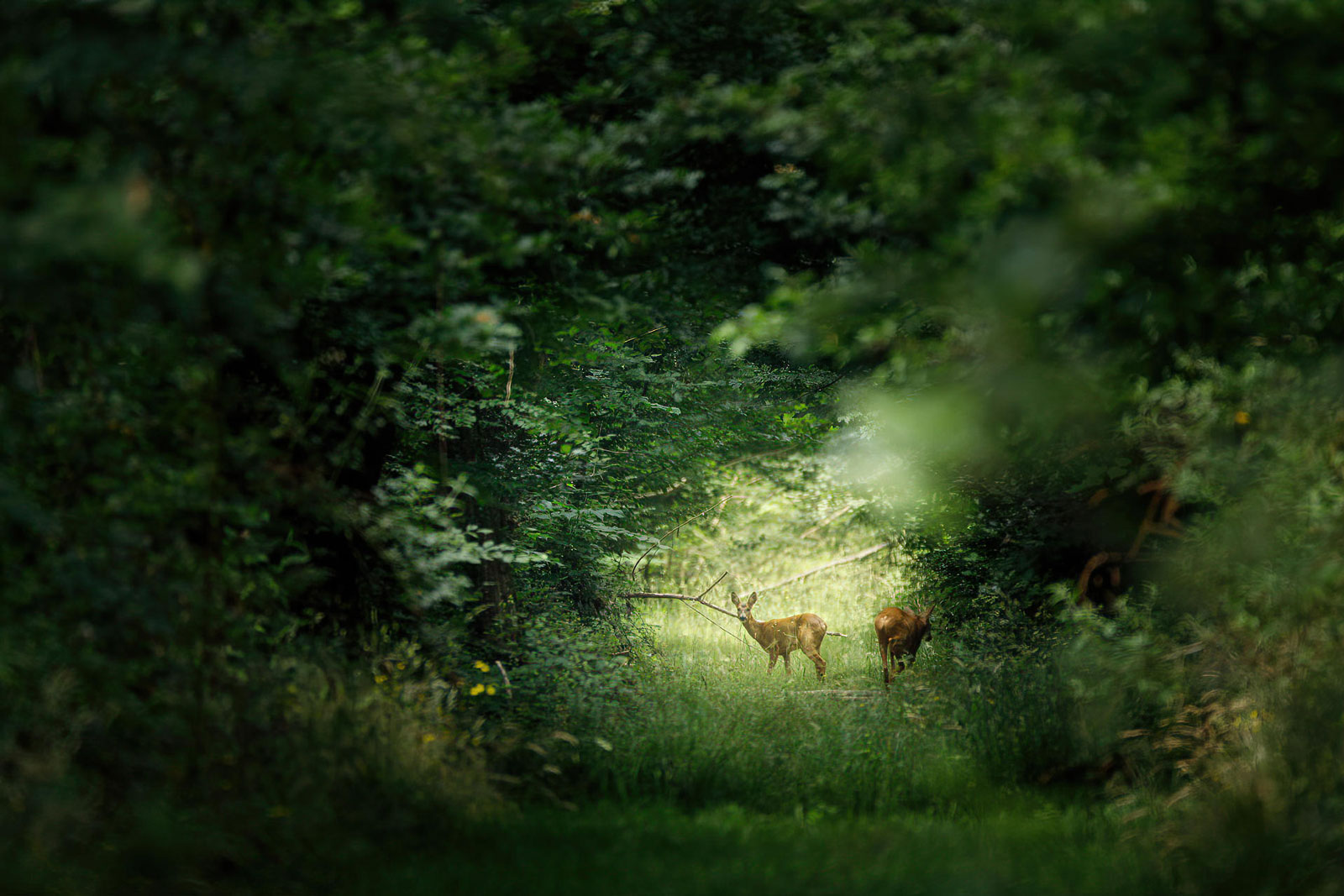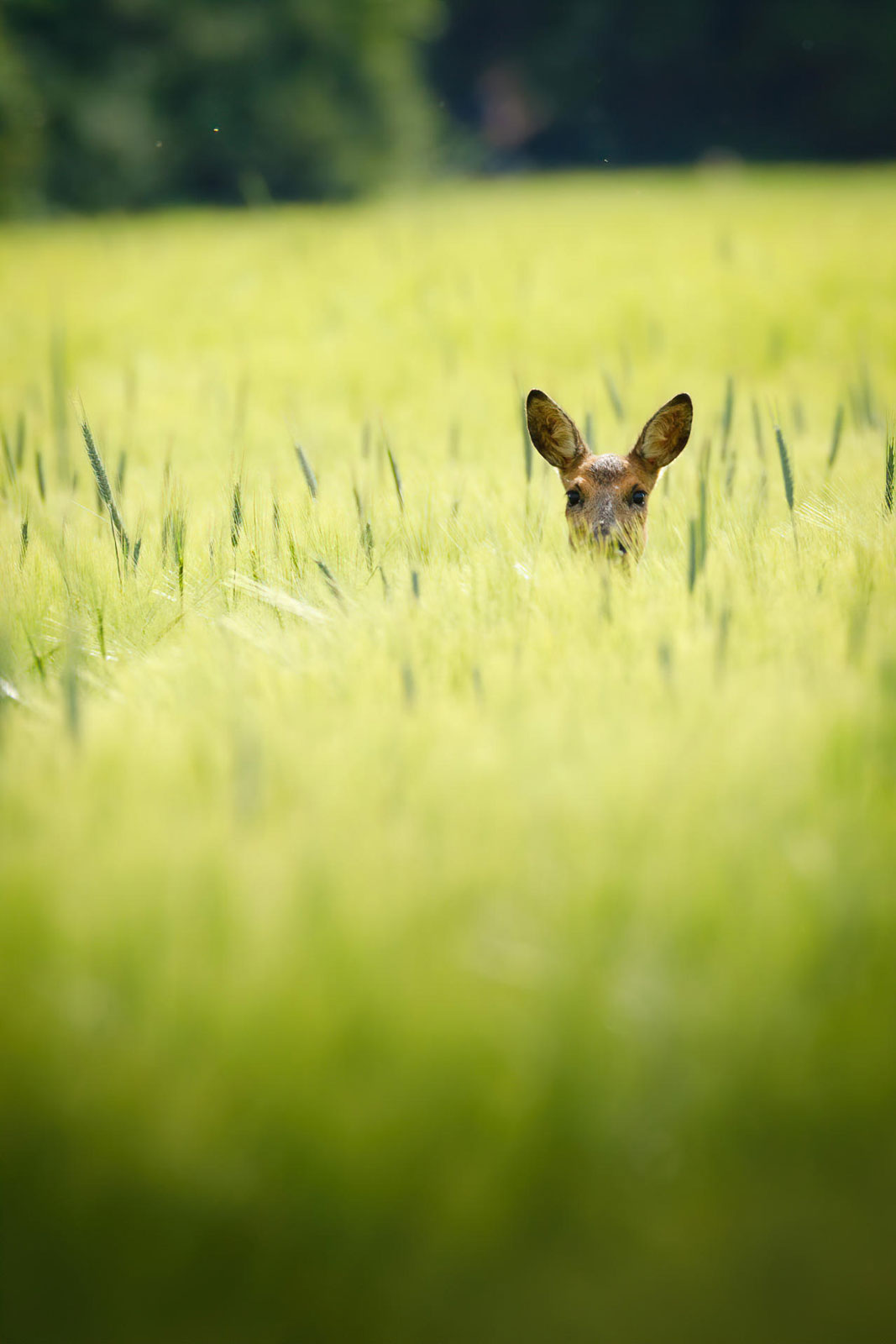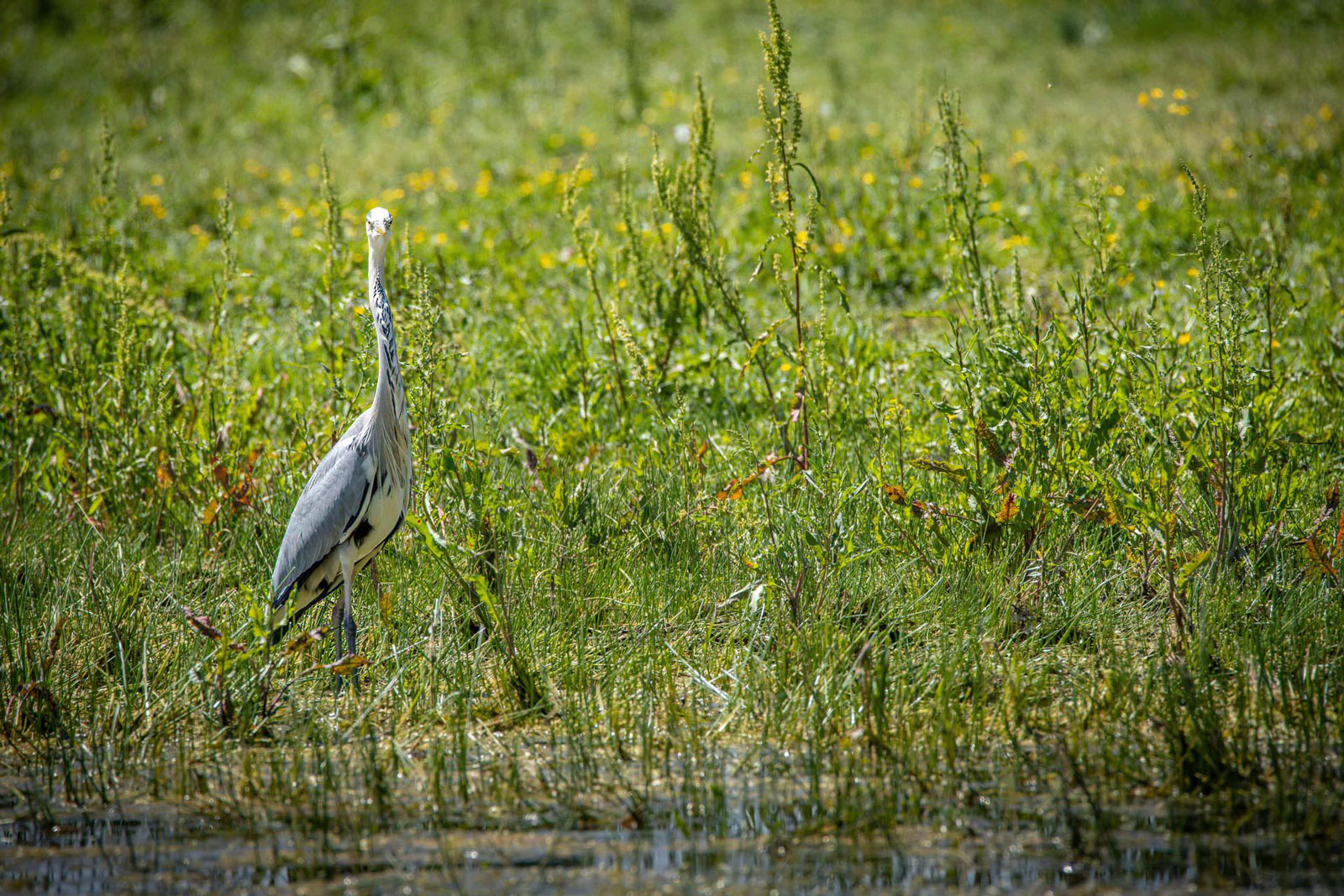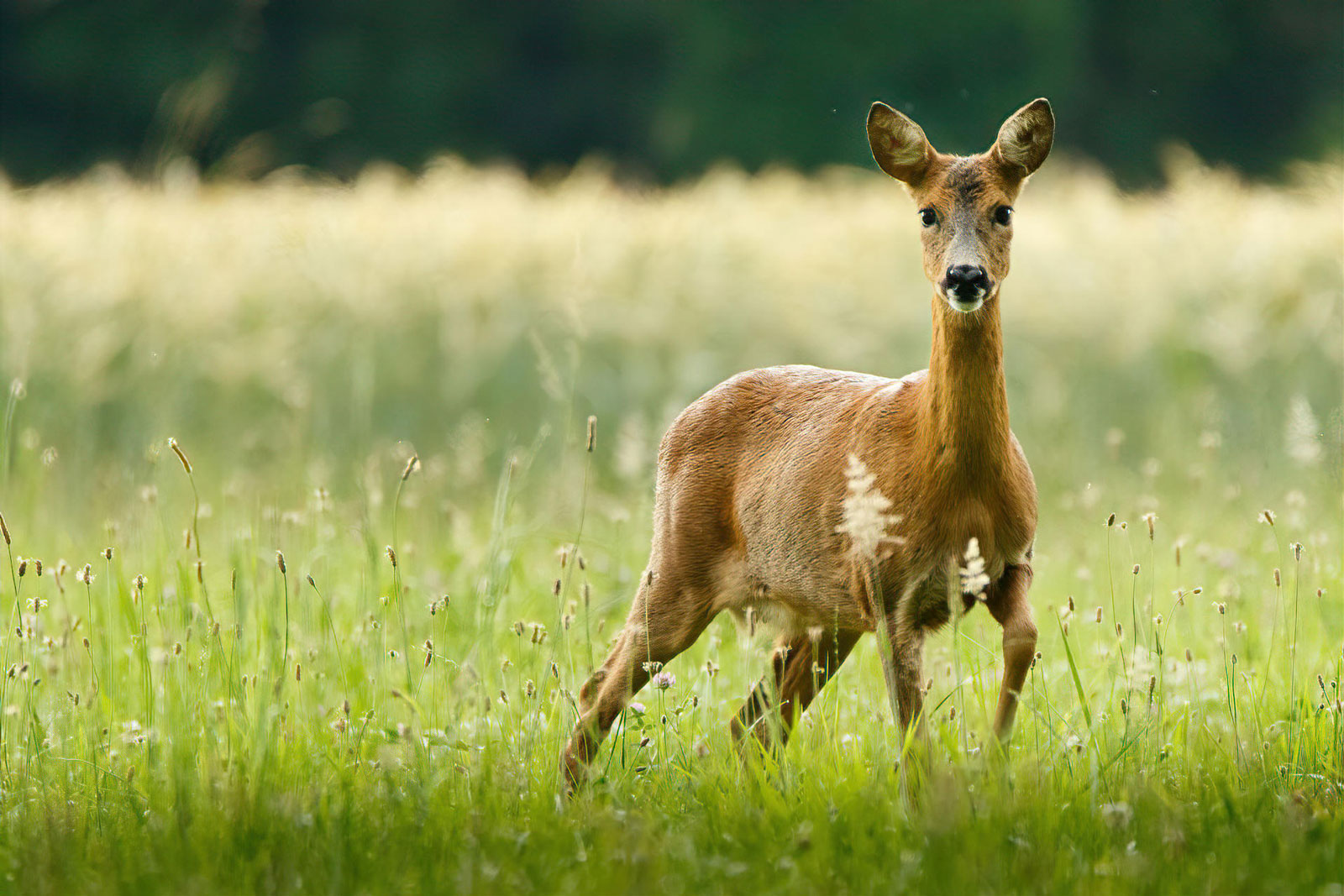Preparing for wildlife photography
Wildlife photography is a theme lots of us are interested in. Wether you want to capture some few images during a holiday abroad or are seeking to spend an extended amount of time in order to photograph the species you have been waiting for, there are few things to take into account.
Know your subject
It is all in the title. It might sound pretty obvious but I am often surprised by how little the photographers know the animals they are looking for. For example, where I live kingfishers are most likely to be seen early in the morning or around sunset time, when they hunt and when the temperature (particularly in summer) is nicer. This fact is a basic to know if you want to get at least a chance to observe this bird. But every now and then, I see photographers with huge amount of fancy and expensive equipment coming up to the spot midday, with that very harsh 90° light when no kingfisher is around. They obviously leave disappointed.
The spots are also something to have in mind. It is not always easy to identify the trails or the prints on the ground depending on the species. A wild pig will leave more obvious evidences than a 15 grams bird. My advice on this would be to start by studying your subject before coming in the field, know some basics about its habitat, its habits, what food he likes, the best periods to get an encounter, etc.
Know your equipment
Again, it sounds pretty obvious. But I have to insist on that one. When the action comes, you will rarely get the chance to miss your picture and try again in the exact same conditions, except if you are in a very well-designed hide. These days, cameras allow you to eye-track the animal, create your own focus points or even identify the type of creature you have in front of you. Even if this technology is an amazing progress and proves itself useful in the field, many photographers tend to rely on it too much. There will always be a moment when the autofocus will fail to track the eye or focus on the tree (yes, even on that 7000€ camera), right behind that cute little deer you waited two hours for and then, if you don't know how to react immediately and efficiently, you will be in trouble (and disappointed). If you are using one of Tokina's manual focus lens, work on this manual focus beforehand, as it can be as challenging as it is helpful when you master it.
How can I know? Because I did that very mistake when I started wildlife photography. I missed lots of shots due to lack of knowledge about my equipment and then I discovered amazing photographers like Morten Hilmer that explain exactly what I am talking about in this part. My advice: test yourself, change all the settings of the camera and try to get it back as quickly as possible. You can also train yourself to aim faster. The best way to do so is to identify something, let's say 20 meters away, and try to aim at it and focus on it with your tele lens. Too easy? Put your camera on the ground, pick it up and do it again. If you succeed, then your are ready to catch that magnificent bird in flight!
Know your spots
You have now learned all there is to know about your subject and your camera. You feel ready to rock! But one tiny thing is left… where and when do you go?
This part is linked to the first one, because it has to do with the animal's habits, but not only. If you have studied, let's say the bird, you are looking for, you should know his natural habitat and when you can meet him in the day. But you also have to take some few things into account too. First, other people. Is there a chance that many people will come by? If yes, can you avoid that by choosing a more appropriate time that fits the animal's habits? Also, how is the light going to be depending on the time you go and the spot/orientation you choose? There is no point in having a strong harsh light if you want to get into details. An finally, check the weather as it can really influence your work but also change the subjects behavior.
There are many things to consider if you want to optimize your chances to success in wildlife photography. We only have reviewed what I consider to be the most important ones. But let yourself find your own rules, own challenges, own preparation as there is no perfect guide that would suit every situation. And more importantly: trust yourself. As wildlife photography is a hard discipline and can sometimes get very disappointing, I would strongly advice to "enjoy the little things" as Woody Harrelson would say.
